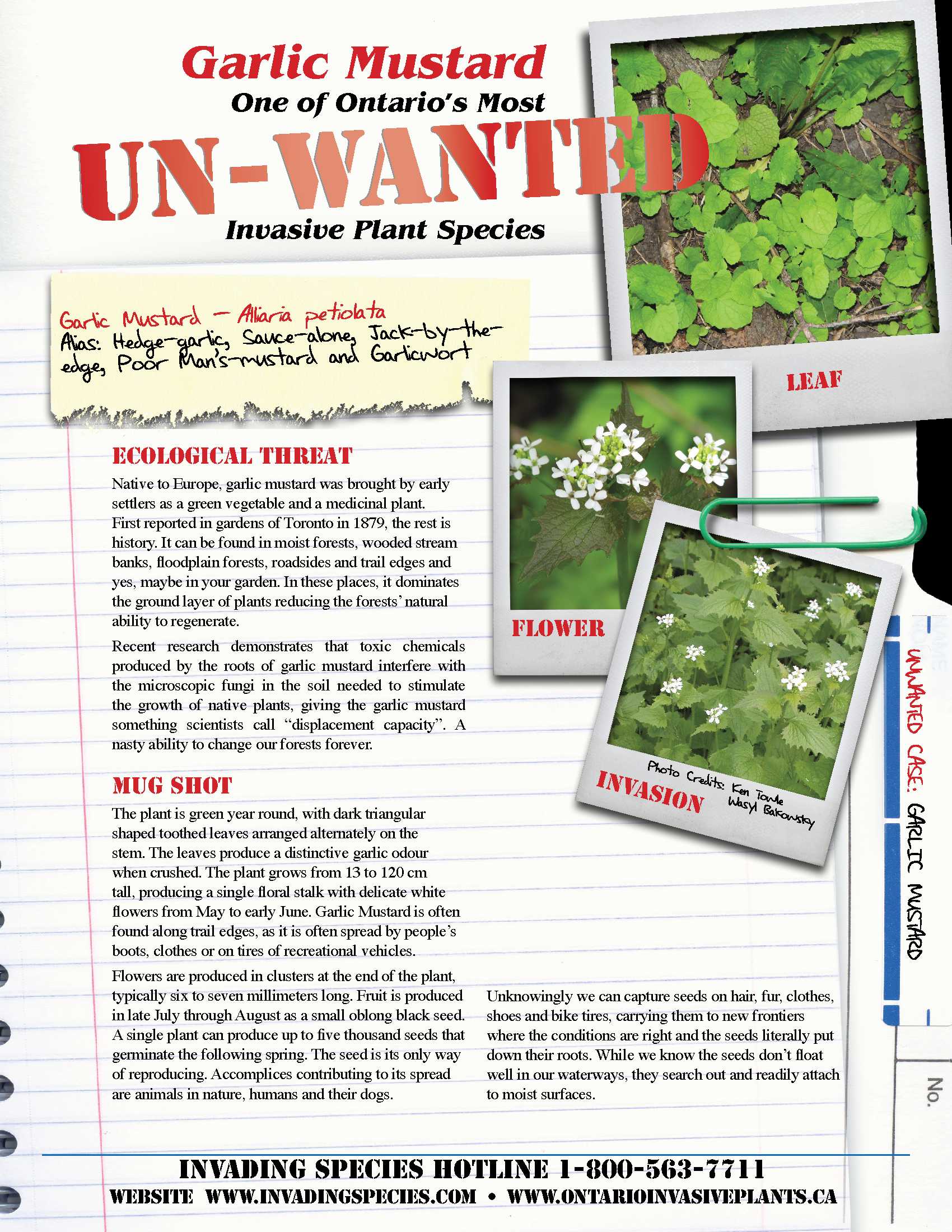
Each June, the United Counties of Leeds and Grenville conduct roadside spraying. Vegetation control along the County roadsides is an important part of road maintenance to:
- ensure clear sight lines for signs, intersections and roadside wildlife
- promote drainage and drying
- prevent the establishment of trees and brush in the right of way.
Controlling noxious and invasive weeds is another objective of the County vegetation management program. Each year the County publishes a map of spraying coverage. Spraying herbicides is completed by a qualified contractor licensed by the Ministry of the Environment under requirements of the Pesticides Act. Only unmaintained ditches will be sprayed with herbicide, from the edge of the gravel shoulder to approximately 1 metre from the fence line. Maintained yards and ditches are not sprayed.
For residents living along Township roads who are concerned about weeds and noxious plants, please contact the County at 613-342-3840 ext. 2413 or visit the provincial website.
Contractors conducting work within our Township are encouraged to follow the Clean Equipment Protocol for Industry.
Public Notice - Pesticide Use May 2025 |
|
Pesticide Use The United Counties of Leeds and Grenville intends to utilize Wagar and Corput Weed Control Inc. to control weeds along the following rural roadsides: • Select sections on County Roads 18, 19, 20, 21, 22, 23, 24 25, 43 and 44. • Selected Township Roads in the municipalities of Athens, Augusta, Edwardsburgh/Cardinal, Elizabethtown-Kitley, Front of Yonge, Leeds and Thousand Islands, Merrickville- Wolford and North Grenville. • All County guide rails, except for those in Rideau Lakes. For roadside and guide rail weed control, the contractor will be using the following pesticide products registered under the Pest Control Products Act (Canada): ClearView Herbicide (Reg. #29752), containing the active ingredients Metsulfuron-methyl and Aminopyralid, present as potassium salt, Navius FLEX (Reg. #30922), containing the active ingredients Metsulfuron-methyl and Aminocyclopyrachlor and Gateway Adjuvant (Reg. #31470), containing the active ingredients Paraffinic oil and Alkoxylated alcohol non-ionic surfactants. Commencing: May 20, 2025 (weather permitting) to June 20, 2025. This pesticide use is in accordance with the public health and safety exception to the cosmetic pesticides ban in subsection 7.1 (2) of the Pesticides Act. For further information contact: Wagar & Corput Weed Control Inc. (613) 938-2117 (call collect) United Counties of Leeds and Grenville (800) 770-2170 / (613) 342-3840 x 2413 Please contact the Counties if you require more detailed information regarding our program, including additional information on how to post “No Spray” signage in front of your property. This information along with maps of the roads to be sprayed is available on our website at www.leedsgrenville.com under Government, Divisions, Public Works, Weed Control. |
Garlic Mustard Alert |
|
Garlic Mustard is a non-native invasive plant that has a negative impact on our environment. The Nature Conservancy of Canada has issued an alert which contains identification, control and disposal information. |
Wild Parsnip Eradication |
|
Caution: in undertaking any wild parsnip eradication effort it is important that you acquaint yourself with all of the necessary safety precautions and that you wear protective clothing and goggles that cover exposed skin. Below are outlined some fundamental factors that will assist in both understanding the growth and spread of wild parsnip as well as some basic factors in understanding effective wild parsnip eradication. The second page provides more specific details in wild parsnip eradication options. Wild parsnip fundamentalsThe most crucial fundamental factor in wild parsnip growth management is do not allow wild parsnip plants to form viable seeds. Every wild parsnip plant that is allowed to go to seed will create upwards of 950 new wild parsnip plants. Lifecycle fundamentals:
Eradication fundamentals (second year plants):Because wild parsnip plants normally die after going to seed in their second year of growth it can be controlled by removing the seed heads from the second year plants as soon as the seed head forms. The outcome is a plant that has died and left no seeds for further growth. Removal of seed heads can be accomplished by:
Note: An exception to the rule is that if eradicating through the use of herbicides it is best done early in the season while the plants are smaller. It is still effective in June or July but as the summer progresses the kill rate with herbicide spray is somewhat reduced. Eradication fundamentals (first year plants):
Mowing
Root destruction
Herbicide control
Burning
Biological control
Life cycle and growth
|










